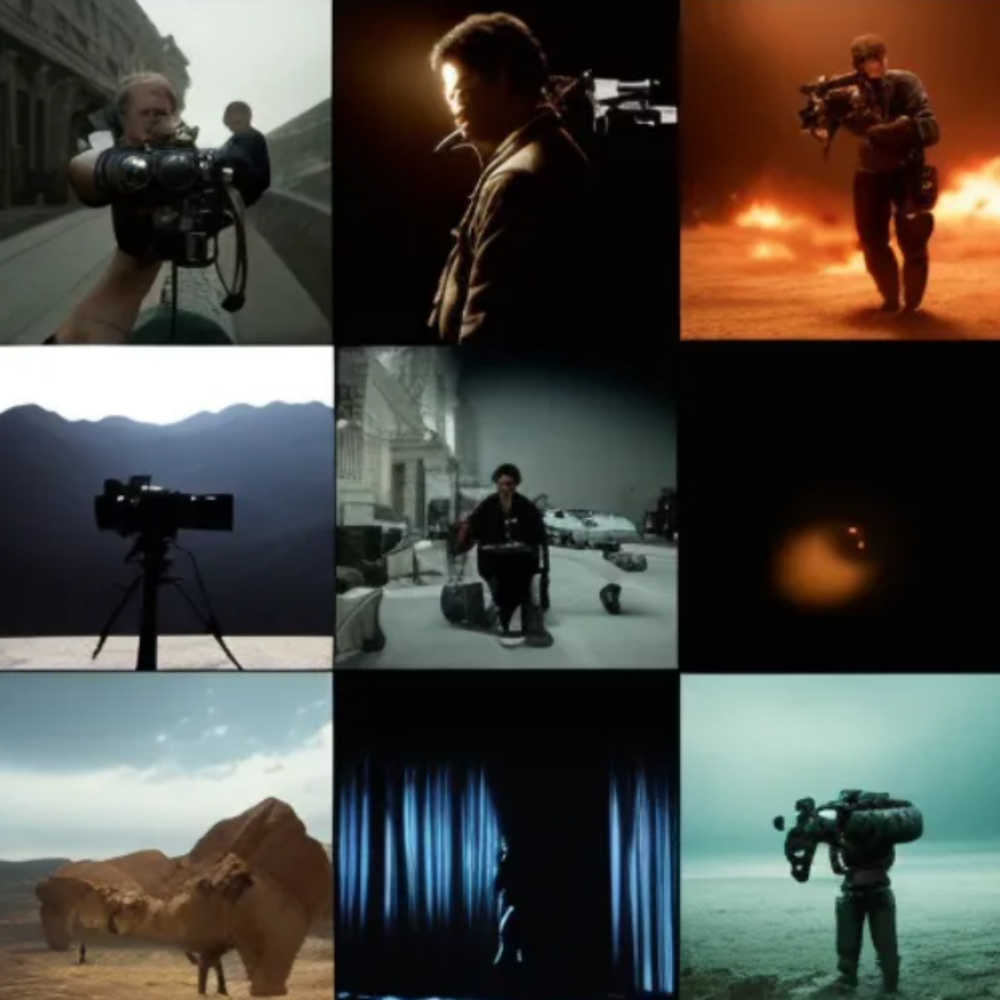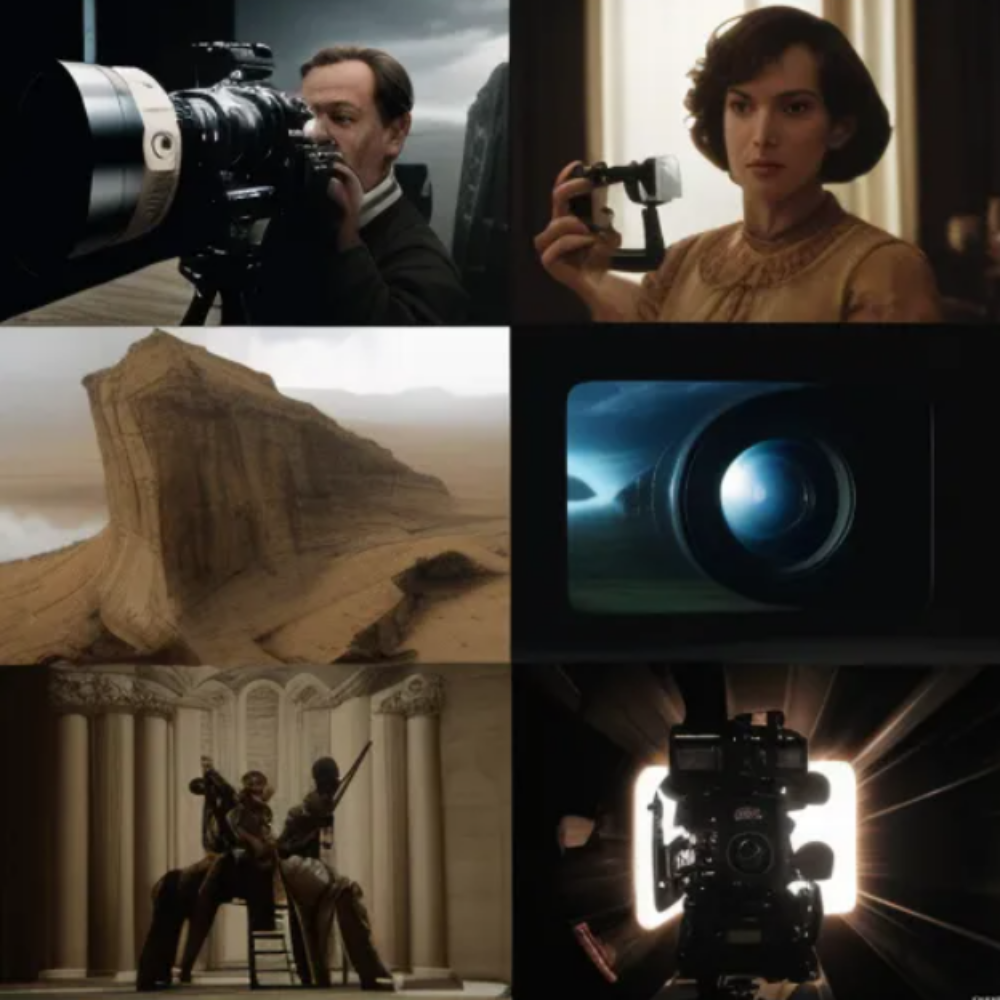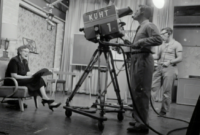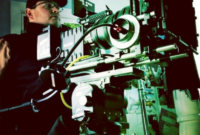Cinematography plays a crucial role in creating memorable and emotionally resonant scenes in films. By analyzing iconic scenes shot by famous cinematographers, we can gain valuable insights into the techniques and creative decisions that make these moments so powerful and enduring.
In this article, we'll examine three classic films and break down how their cinematographers used lighting, composition, color, and camera movement to craft unforgettable cinematic experiences. These analyses will not only showcase the artistry of renowned directors of photography but also provide aspiring filmmakers and cinema enthusiasts with a deeper understanding of how visual storytelling can elevate a film's narrative and emotional impact.

The Role of Cinematography in Iconic Scenes
An iconic scene is one that leaves a lasting impression on the viewer, often becoming a defining moment in a film's narrative and visual style. Cinematography is a key factor in creating these iconic scenes, as it helps to:
- Establish the emotional tone and atmosphere of a scene
- Guide the viewer's eye and shape their perception of the action
- Reinforce themes, symbols, and character development through visual storytelling
- Create a sense of depth, space, and time within the frame
- Collaborate with other elements such as direction, production design, and acting to create a cohesive and powerful cinematic experience
Case Study 1: "Citizen Kane" (1941) - Cinematography by Gregg Toland
Orson Welles' "Citizen Kane" is widely regarded as a masterpiece of cinema, and Gregg Toland's innovative cinematography is a major reason for its enduring legacy. Let's analyze two iconic scenes from the film.
The Opening Scene
The film opens with a haunting shot of Kane's mansion, Xanadu, shrouded in fog and mystery. Toland uses deep-focus photography and a low-angle perspective to create a sense of grandeur and unease, hinting at the enigmatic nature of the film's protagonist. As the camera slowly moves closer to the mansion, we see a series of superimposed images that foreshadow key moments in Kane's life, culminating in a close-up of a "No Trespassing" sign that symbolizes the character's isolation and secrecy.
The Breakfast Montage
In a later scene, Toland employs a series of quick dissolves and changes in lighting to show the passage of time and the deterioration of Kane's marriage. Over the course of a few minutes, we see Kane and his wife go from newlyweds to bitter, estranged partners, with each transition marked by a change in their physical appearance, demeanor, and the increasingly cold and distant framing of the shots. Toland's use of deep-focus photography allows us to see both characters clearly in the frame, even as they grow further apart emotionally.
Case Study 2: "Apocalypse Now" (1979) - Cinematography by Vittorio Storaro
Vittorio Storaro's cinematography in Francis Ford Coppola's "Apocalypse Now" is a masterclass in using color, light, and motion to create a hallucinatory, immersive experience that reflects the film's themes of war, madness, and moral ambiguity.
The "Ride of the Valkyries" Scene
In one of the most iconic sequences in cinema history, a squadron of helicopters attacks a Vietnamese village to the sound of Wagner's "Ride of the Valkyries." Storaro uses a combination of wide shots and close-ups, with the cameras mounted on the helicopters to create a sense of frenetic energy and chaos. The use of vibrant, almost surreal colors, such as the orange smoke and the lush green jungle, creates a striking visual contrast that heightens the scene's surreal, nightmarish quality.
The Kurtz Compound
As the film progresses into its darker second half, Storaro's cinematography becomes increasingly expressionistic and unsettling. In the scenes set in Colonel Kurtz's compound, Storaro employs deep shadows, silhouettes, and unconventional lighting to convey a sense of moral darkness and psychological disintegration. The use of chiaroscuro lighting and the interplay of light and shadow create a sense of unease and ambiguity, reflecting the characters' inner turmoil and the blurring of the lines between sanity and madness.
Case Study 3: "Blade Runner 2049" (2017) - Cinematography by Roger Deakins
Roger Deakins' stunning cinematography in "Blade Runner 2049" builds upon the iconic visual style of the original film while creating a unique, immersive world that reflects the story's themes of identity, memory, and the nature of humanity.
The Joi Emanator Scene
In a pivotal scene, the protagonist K meets with his holographic companion, Joi, in a room bathed in soft, neon-tinged light. Deakins uses a combination of practical lighting and color grading to create a dreamlike, intimate atmosphere that reflects the characters' longing for connection and authenticity. The use of shallow depth of field and the interplay of light and shadow on the actors' faces creates a sense of emotional vulnerability and yearning that underscores the scene's thematic weight.
The Las Vegas Sequence
Later in the film, K travels to the ruins of Las Vegas, a once-vibrant city now buried in radioactive dust. Deakins employs wide shots and a desaturated, almost monochromatic color palette to convey a sense of desolation and decay. The use of atmospheric haze and the interplay of light and shadow create a sense of visual tension and unease, particularly during a confrontation between K and another character in an abandoned casino. The cinematography here serves to reinforce the film's themes of memory, loss, and the fragility of human identity in a world shaped by technology.
Discover how these pioneering techniques have evolved over the decades. Explore the journey of cinematography from the silent era to today's digital revolution in our next article.
The Legacy of Iconic Cinematography

The iconic scenes discussed in this article have had a lasting impact on the visual language of cinema and continue to inspire and influence filmmakers and cinematographers today. By studying the techniques and creative decisions behind these scenes, aspiring cinematographers can learn valuable lessons about how to use lighting, composition, color, and camera movement to create emotionally resonant and visually stunning moments on screen.
Some key takeaways from these examples include:
- The power of deep-focus photography and unconventional camera angles to create a sense of depth, mystery, and psychological complexity
- The use of color, contrast, and lighting to create a sense of atmosphere, mood, and thematic resonance
- The importance of collaboration between the cinematographer and director to create a cohesive and powerful visual narrative
- The role of visual symbolism and metaphor in reinforcing character development and themes
- The ability of cinematography to guide the viewer's eye and shape their emotional response to a scene
Conclusion
Iconic scenes shot by famous cinematographers have left an indelible mark on the history of cinema, demonstrating the power of visual storytelling to create memorable, emotionally resonant moments that continue to captivate audiences long after the credits have rolled. By analyzing these scenes and the techniques behind them, we can gain a deeper appreciation for the art and craft of cinematography and the vital role it plays in shaping the cinematic experience.
As aspiring filmmakers and lovers of cinema, we can continue to learn from the masters of cinematography by studying their work, experimenting with their techniques, and striving to create our own iconic moments on screen. By doing so, we can help to push the boundaries of what is possible in visual storytelling and contribute to the rich legacy of cinematography in cinema.
Want to see how these iconic moments have left a mark on film history? Discover the unforgettable scenes that have defined cinematic excellence.
Additional Resources
For those interested in learning more about the films, cinematographers, and techniques discussed in this article, here are some recommended resources:
- "Making Pictures: A Century of European Cinematography" by Imago
- "Cinematography: Theory and Practice" by Blain Brown
- The American Society of Cinematographers (ASC) website
- CookeOpticsTV YouTube channel - Interviews with renowned cinematographers discussing their craft and techniques
By studying these resources and continuing to analyze the work of great cinematographers, aspiring filmmakers can deepen their understanding of the art and craft of cinematography and find inspiration for their own creative journeys in the world of cinema.

